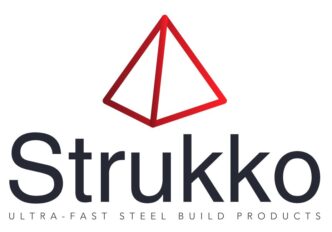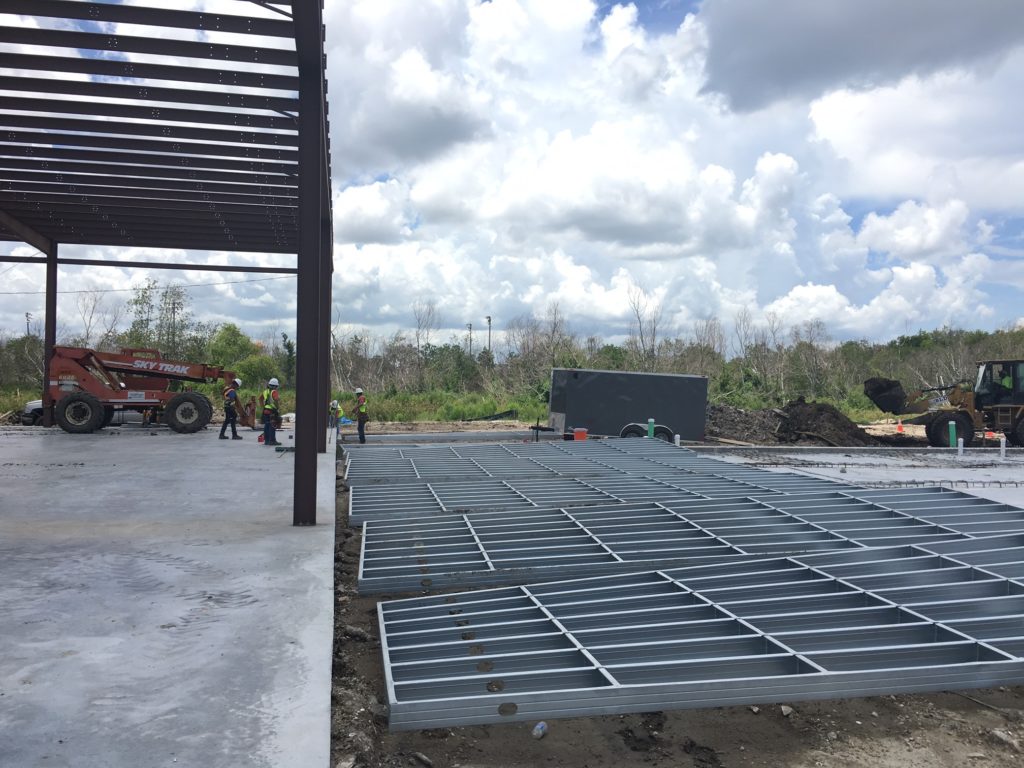Adaptability in Design: The All-Purpose Solution with Strukko StandFastⓇ Light Gauge Steel Frames
In the world of modern construction, adaptability has become an essential asset. Whether for commercial, residential, or industrial projects, the ability to modify, customize, and efficiently execute a design to meet ever-evolving demands is crucial. A breakthrough in this regard is the integration of Strukko StandFastⓇ Light Gauge Steel Frames, a versatile solution that’s revolutionizing the building industry.
The Growing Need for Adaptability in Construction
Adaptability in design refers to the ability of a structure to accommodate changes—whether during construction or in response to future modifications. In an era marked by rapid urbanization, technological advancements, and evolving lifestyle needs, designers and builders are increasingly turning to systems that offer greater flexibility.
Whether it’s changing the layout of a commercial office building, adding additional stories to a residential complex, or retrofitting an old structure to meet modern standards, traditional building materials like concrete or timber can often impose limitations. Strukko StandFastⓇ Light Gauge Steel Frames offer a new approach, allowing architects and builders to create adaptable, lightweight, and strong structures that can grow and shift with changing needs.
What is Strukko StandFastⓇ?
Strukko StandFastⓇ is a system of light gauge steel frames engineered for superior strength, flexibility, and ease of installation. Light gauge steel (LGS) is known for its high tensile strength while being significantly lighter than other materials such as reinforced concrete or structural steel. These frames are pre-fabricated, making them ideal for various applications from simple residential homes to complex multi-story commercial structures.
The unique design of StandFastⓇ frames combines the strength of steel with lightweight components, enabling both high-speed assembly and the capacity to handle considerable loads. The system is designed to be highly customizable, offering endless possibilities for architects and designers.
The Benefits of Strukko StandFastⓇ Light Gauge Steel Frames
- Versatility in Design
One of the core advantages of Strukko StandFastⓇ is its adaptability to different architectural styles and requirements. The flexibility of light gauge steel allows for more dynamic design options that can be tailored to the specific needs of each project. Whether you’re looking to build straight walls, curved designs, or complex shapes, the StandFastⓇ system can be configured to meet these demands.
- Ease of Construction
Pre-engineered components mean faster build times, and because Strukko StandFastⓇ frames are prefabricated, they require less on-site labor. Their lightweight nature makes them easier to transport and assemble, reducing the risk of construction delays. The frames also come with easy-to-follow installation guides, making them a favorite among contractors looking for efficient yet reliable solutions.
- Durability and Strength
Light gauge steel is incredibly durable, and when used in Strukko StandFastⓇ systems, it can withstand high loads while remaining lightweight. This makes it ideal for use in multi-story buildings where both strength and material efficiency are key. Steel is also resistant to many of the problems that plague other building materials, such as warping, rot, and termites, making it an ideal long-term investment.
- Sustainability
Sustainability is another essential factor in modern construction. Light gauge steel is one of the most eco-friendly building materials available. Not only is it recyclable, but its durability also means that structures built with Strukko StandFastⓇ require less maintenance and fewer replacements over time, leading to a lower overall environmental impact.
- Cost-Effectiveness
When comparing materials like concrete and heavy steel, light gauge steel stands out for its cost-effectiveness. The efficiency of the Strukko StandFastⓇ system means that fewer materials are wasted, and projects can be completed on time and on budget. The long-term savings also add up, as buildings constructed with light gauge steel require less maintenance and are more energy-efficient due to the insulating properties of steel.
Adaptability in Action: Real-World Applications
Strukko StandFastⓇ Light Gauge Steel Frames have been used in a wide variety of construction projects, from commercial skyscrapers to smaller, residential homes. This versatility speaks to the adaptability of the material. Some specific applications include:
Modular Construction: Prefabricated components can be transported and assembled on-site, making them ideal for modular buildings where time and precision are crucial.
High-Rise Buildings: The strength-to-weight ratio of light gauge steel is perfect for high-rise constructions where weight management is essential, without compromising on durability.
Renovations and Additions: The ease of integrating StandFastⓇ frames into existing structures makes them an excellent choice for retrofitting older buildings or adding additional floors to existing structures.
The Future of Adaptable Construction
As architectural demands continue to evolve, the role of adaptable building systems will become even more significant. Solutions like Strukko StandFastⓇ Light Gauge Steel Frames offer a pathway to more flexible, durable, and sustainable construction. With rapid advances in building technology and an increasing focus on green construction, adaptable systems are the future of design and development.
Conclusion
In today’s fast-paced world, flexibility and efficiency are key to successful construction projects. Strukko StandFastⓇ Light Gauge Steel Frames provide a cutting-edge solution for builders and designers seeking adaptability without sacrificing strength or durability. Whether for new builds, retrofits, or expansions, this system empowers designers to create structures that can evolve and meet the ever-changing needs of the modern world.
By embracing innovation with adaptable designs like Strukko StandFastⓇ, the construction industry can move toward a future where efficiency, sustainability, and resilience are the cornerstones of every project.

